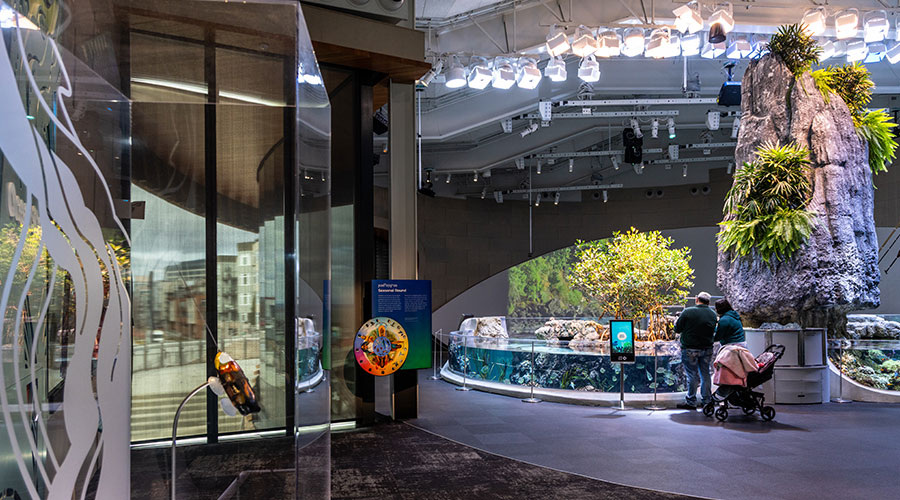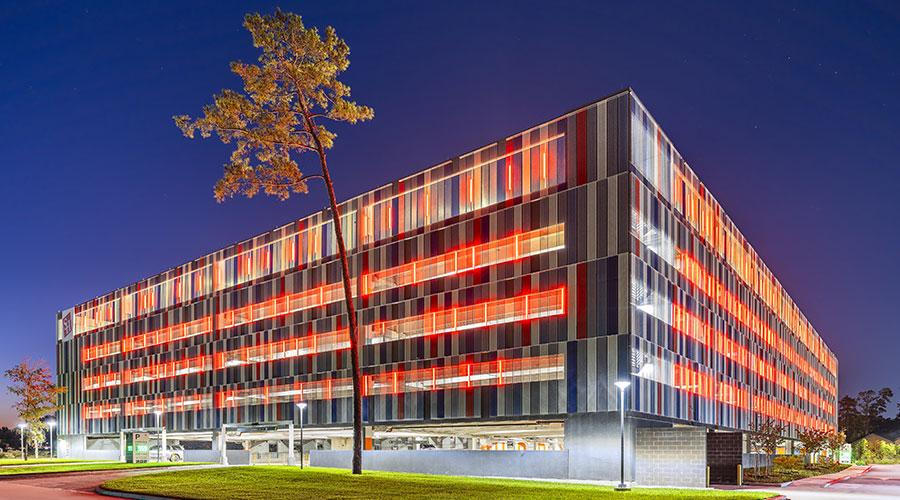Daylighting Benefits
The overall objective of daylighting is to minimize the amount of artificial light and reduce electricity costs, but it can also lower HVAC costs as well. Electrical lighting produces a lot of heat, whereas, if properly controlled, natural lighting generates hardly any heat at all.
A high-performance daylighting system may initially require a significant investment. However, if the project team uses an integrated, strategic design approach, a company’s overall long-term savings make up for any initial dollars spent on daylighting.
For most buildings incorporating daylighting, the overall energy savings range from 15 to 40 percent. Although energy savings and sustainability may be the reasons companies initially opt for daylighting, it can have a significant, measurable impact on the productivity and satisfaction of employees, students and even clients and retail customers.
People have a natural attraction and need for daylight. Studies have shown that daylighting has a direct impact on well-being, productivity and overall sense of satisfaction. (See “Daylighting Works” on this page.)
Even retail stores like Wal-Mart are beginning to see the environmental and monetary benefits of daylighting for both employees and consumers. In an experiment, stores that included skylights over certain departments found that overall sales per square foot were higher in the departments lit by natural light.
Although daylighting can provide numerous positive results in regards to worker performance, if a daylighting program has not been executed properly, it can produce negative results. A few strategies can help facility executives overcome the challenges of daylighting.
Related Topics:














